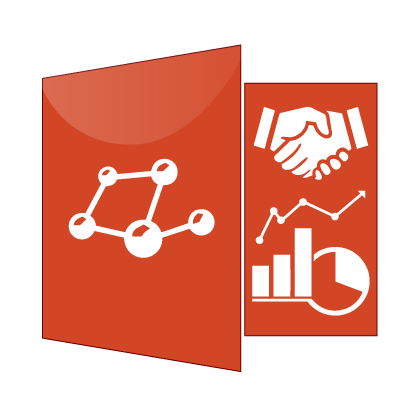WOCAT Core Questionnaire on SLM Technologies (WOCAT_QT)

The WOCAT Core Questionnaire on Sustainable Land Management Technologies (WOCAT_QT) helps to describe and understand specific land management practices by addressing the following questions: what are the specifications of the technology, what are the inputs and costs, where is it used (natural and human environment), and what impact does it have?
SLM in the context of WOCAT is defined as the sustainable use of land resources – including soils, water, vegetation, and animals. The focus is on efforts to prevent and reduce land degradation and restore degraded land through improved land management technologies and approaches to implement these. All practices may be considered, whether they are indigenous, newly introduced through projects, or recent innovations by land users. All information documented through WOCAT questionnaires is made available in the Global SLM Database
The questionnaire is very detailed and time-consuming, containing the following main sections: (1) general information, (2) description of the SLM technology, (3) classification of the SLM technology, (4) technical specifications, implementation activities, inputs and costs, (5) natural and human environment, (6) impacts and concluding statements, and (7) references and links.
The general information section requests details and registration of the key resource persons and their agreement to the WOCAT conditions regarding the use of data.
The description of the new SLM technology requires information on the location, main characteristics, purposes, inputs for maintenance, benefits/impacts, strengths and weaknesses of the technology, in ideally a 1-page sub-section. Photographs or videos can be included, as well as coordinates of the reference sites.
In order to classify the SLM technology, questions focus on the main purpose, the current land uses and eventual changes, what SLM measures underpin the technology, the main types of land degradation addressed.
The major part of the questionnaire is in providing the detailed specifications for the new technology, which include technical drawings, inputs and cost calculations for the establishment and maintenance/recurrent activities.
The main descriptors for the natural environment include annual precipitation, agroclimatic zone, average slopes, landforms, altitudinal zones, soil depth, texture, topsoil organic matter, presence, quantity and quality of groundwater and surface water resources, and state of biodiversity. The human environment is described in terms of general land user typologies, land ownership and use rights, access to services and infrastructure.
Both on-site and off-site impacts are to be entered in the questionnaire in qualitative terms on a gradual scale from ‘worse’ to ‘better’. Impacts include socioeconomic impacts (on production, water availability and quality, income and costs), sociocultural impacts (on food security, health, local institutions, ecological impacts (on the water cycle/runoff, the soil, biodiversity, and even climate and disaster risk reduction. The questionnaire also includes a section for capturing land users perceptions about the exposure and sensitivity of the technology to climate change. In a final section the compilers are requested to provide a SWOT analysis of the new technology.
Given the comprehensive demands of the questionnaire, WOCAT recommends that the compilers consist of a team of SLM specialists, including land users, with different backgrounds and experiences, familiar with the technical, financial and socio-economic details of the specific SLM technology. The persons filling in the questionnaire can enter the compiled information in the Global SLM Database as a new entry form, where it will be subjected to a formal review process, involving scientific and editorial scrutiny, before it is accepted in the database.
